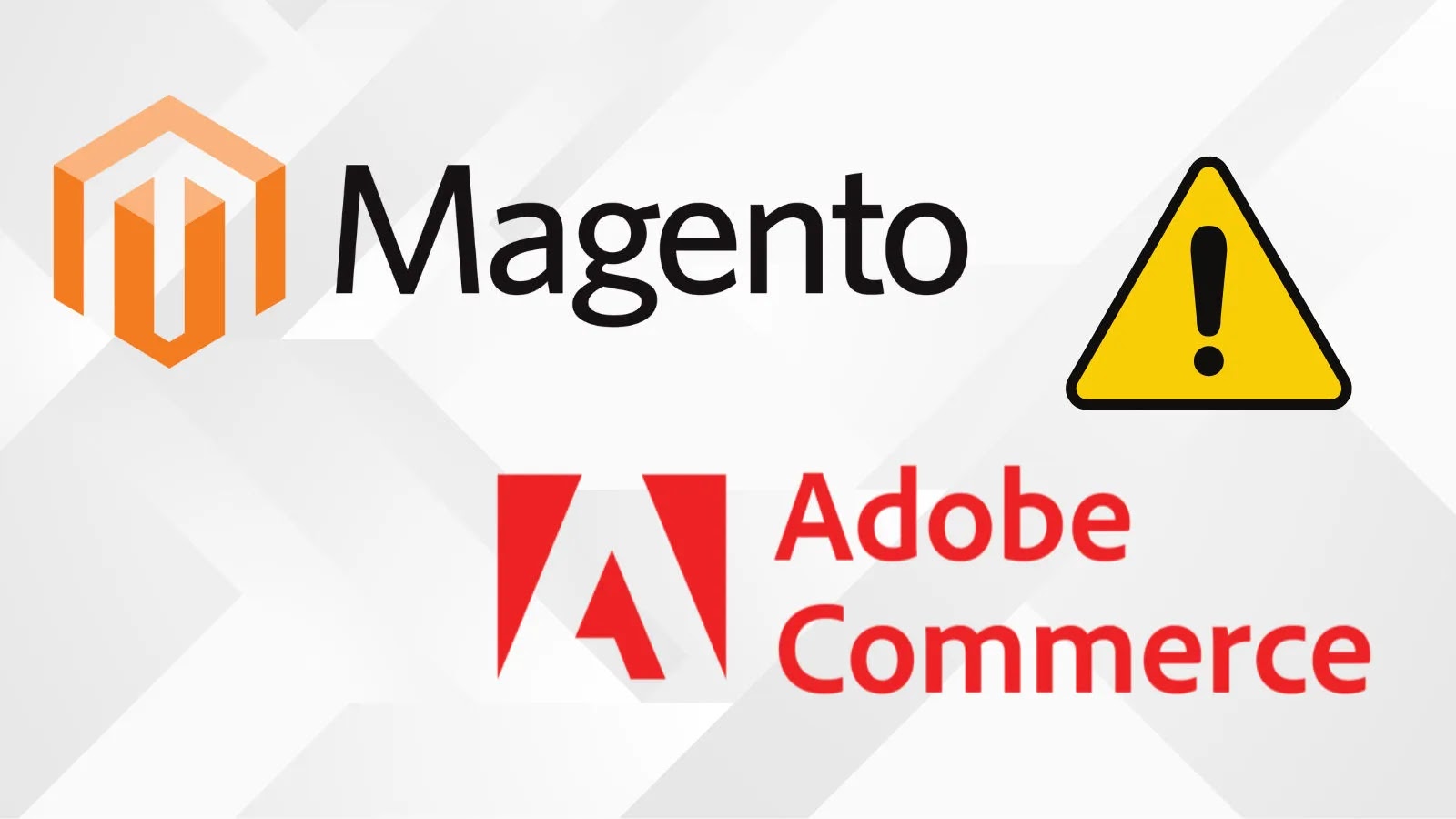
Hackers Exploiting Adobe Magento RCE Vulnerability Exploited in the Wild – 3 in 5 Stores Vulnerable
Urgent Warning: Adobe Magento RCE Vulnerability Under Active Exploitation – Is Your Store at Risk?
The digital storefronts powering countless businesses are facing a severe and immediate threat. Just six weeks after Adobe issued an emergency patch, a critical remote code execution (RCE) vulnerability within the widely used Adobe Magento e-commerce platform is being actively exploited in the wild. This flaw, dubbed SessionReaper and tracked as CVE-2025-54236, allows unauthenticated attackers to hijack customer sessions and potentially execute arbitrary code, putting a staggering 3 in 5 Magento stores at risk.
For any organization relying on Adobe Magento for their online operations, understanding this vulnerability and acting swiftly is paramount. The consequences of an exploited RCE range from data breaches and financial fraud to complete compromise of the e-commerce infrastructure.
Understanding SessionReaper: CVE-2025-54236 Explained
CVE-2025-54236 represents a serious remote code execution flaw affecting Adobe’s Magento (now Adobe Commerce) platform. An RCE vulnerability is one of the most dangerous types of security flaws, as it grants attackers the ability to run their own malicious code on a vulnerable server from a remote location. In the context of e-commerce, this means an attacker could:
- Steal customer data: Including personal identifiable information (PII) and payment details.
- Deface websites: Altering content or injecting malicious scripts.
- Redirect customers: To fake phishing sites.
- Implant malware: Turning the e-commerce server into a distribution point for further attacks.
- Gain full control: Over the entire Magento installation and potentially the underlying server.
The “SessionReaper” moniker aptly describes a key aspect of this attack: the ability for unauthenticated individuals to hijack legitimate customer sessions. This allows attackers to impersonate logged-in users, bypass authentication, and perform actions as if they were the legitimate customer, including making purchases or accessing sensitive account information.
The Urgency: Active Exploitation and Widespread Vulnerability
The primary concern stems from the fact that this RCE is no longer a theoretical threat; it is actively being exploited. Threat actors have moved quickly to leverage CVE-2025-54236 in real-world attacks, targeting unpatched Magento installations. The statistic that 3 in 5 stores are vulnerable highlights the massive potential impact of these campaigns. This widespread susceptibility is likely due to the critical window between Adobe’s patch release and the adoption of that patch by site administrators.
Attackers favor vulnerabilities in widely used platforms like Magento because they offer a large attack surface and high potential for successful compromises. The financial incentives associated with e-commerce environments make them prime targets for malicious actors seeking to exfiltrate data, perform fraud, or disrupt business operations.
Remediation Actions: Secure Your Adobe Magento Store Now
Immediate action is required to protect your Adobe Magento e-commerce platform from the ongoing threat of CVE-2025-54236. Procrastination significantly increases your exposure to financial losses, reputational damage, and legal liabilities. Follow these essential steps:
- Apply Adobe’s Emergency Patch Immediately: This is the most crucial step. All affected versions of Adobe Commerce and Magento Open Source must be updated to the patched versions as quickly as possible. Refer to Adobe’s official security bulletins for specific patch details and instructions.
- Review Access Logs: Scrutinize your server and application access logs for any unusual activity. Look for failed login attempts, unexpected API calls, or access from suspicious IP addresses, especially during the period since the vulnerability was disclosed.
- Implement Web Application Firewall (WAF) Rules: Configure your WAF to block known attack patterns associated with RCE attempts. While not a silver bullet, a well-configured WAF can provide an additional layer of defense against exploitation attempts.
- Regular Security Audits: Conduct frequent security audits and penetration testing of your Magento infrastructure. Third-party security experts can identify unpatched vulnerabilities, misconfigurations, and potential backdoors.
- Strong Authentication and Session Management: Ensure robust authentication mechanisms (e.g., multi-factor authentication) are enforced for all administrative and customer accounts. Review session management settings for appropriate timeouts and security.
- Monitor for Indicators of Compromise (IoCs): Regularly check for signs of compromise, such as unexpected files, changes to core Magento files, or unauthorized user accounts.
- Educate Your Team: Ensure administrators and developers are aware of this threat and follow best practices for secure coding and system administration.
Tools for Detection and Mitigation
Leveraging appropriate tools can significantly aid in identifying vulnerabilities, monitoring for attacks, and securing your Magento installation.
| Tool Name | Purpose | Link |
|---|---|---|
| Adobe Security Center | Official security bulletins, patches, and updates for Magento/Adobe Commerce. | Adobe Security Center |
| Web Application Firewalls (WAFs) (e.g., Cloudflare, Akamai, Sucuri) | Provide a layer of security between your web application and the internet, filtering malicious traffic. | Cloudflare |
| Magento Security Scan Tool | Adobe’s free service to monitor your Magento store for security risks, malware, and unauthorized access. | Magento Security Scan |
| Vulnerability Scanners (e.g., Qualys, Tenable, OpenVAS) | Automated tools to identify known vulnerabilities (including RCE) in network infrastructure and web applications. | Qualys |
| Intrusion Detection/Prevention Systems (IDS/IPS) | Monitor network or system activities for malicious policies or violations and can block detected threats. | Snort |
Conclusion: Prioritize Patching and Proactive Security
The active exploitation of CVE-2025-54236, the SessionReaper vulnerability in Adobe Magento, serves as a stark reminder of the persistent and evolving threats facing e-commerce platforms. The threat is not theoretical; it is operational, with a high percentage of Magento stores remaining vulnerable. Immediate application of Adobe’s official patch is the most critical step to prevent compromise. Beyond patching, a multi-layered security strategy involving WAFs, regular audits, and vigilant monitoring is essential to safeguard your online business against current and future threats.
Staying informed, acting decisively, and continually reinforcing your security posture are the only ways to ensure the integrity and trust of your digital storefront.





